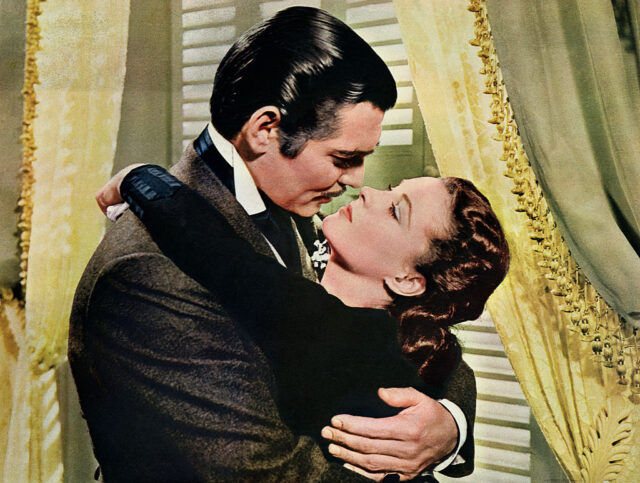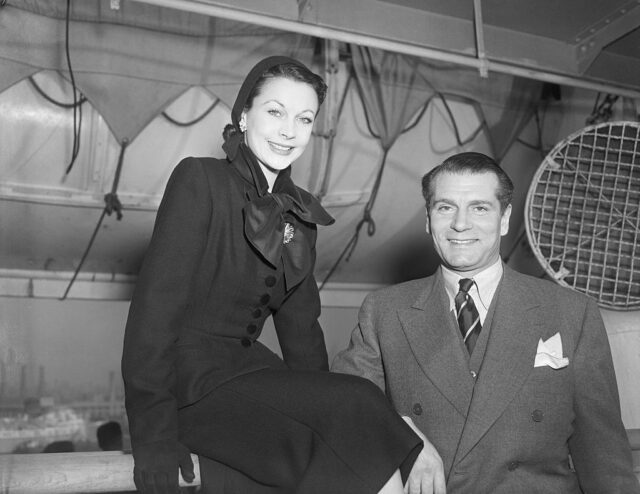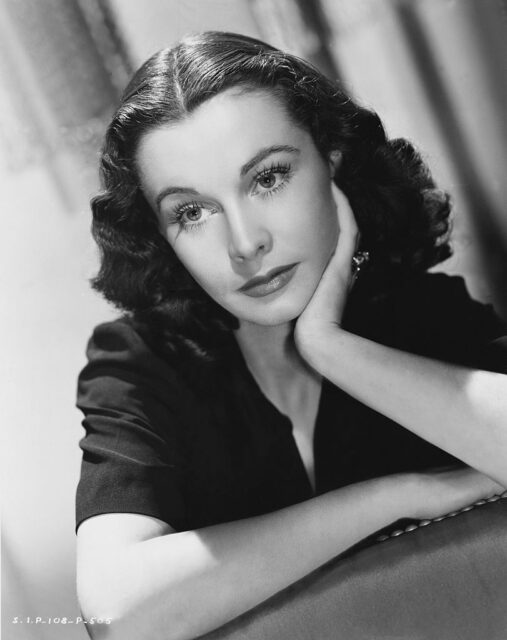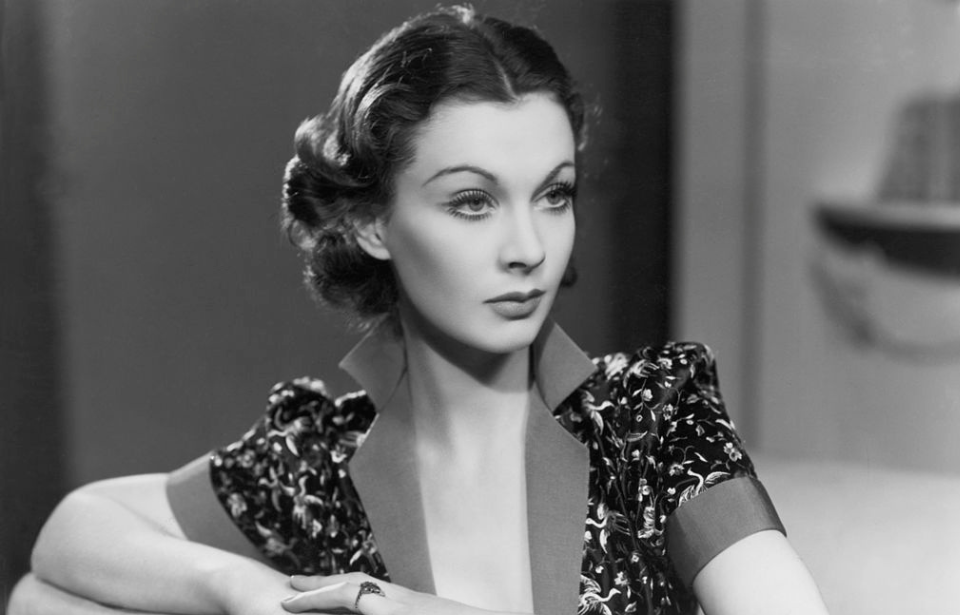Vivien Leigh was one of the most iconic actresses of her generation, famous for her roles in classic films like Gone with the Wind and A Streetcar Named Desire. Behind the glamour of her Hollywood career lay a tumultuous personal life marked by a series of struggles. From bipolar disorder to chronic insomnia, Leigh’s mental health problems significantly shaped her life on and off the screen. Tragically, they were part of the reason why Hollywood labeled her difficult to work with.
Her Hollywood career
Vivien Leigh rose to fame in the 1930s and ’40s with her portrayal of Scarlett O’Hara in the epic historical romance film Gone with the Wind. She went on to showcase her talent as an actress in A Streetcar Named Desire, although she would have some flops like Anna Karenina and Caesar and Cleopatra. Along with her success in film, Leigh was also a prolific stage actress. She had notable roles in The Mask of Virtue, Antony and Cleopatra, and the musical production Tovarich.

Although often paralleled with her husband Laurence Olivier, Leigh earned numerous awards on her own merit, including two Academy Awards, a Tony Award, and a British Academy Film Award. Her acting work was sporadic, but she was still recognized as a Golden Age Hollywood icon. In fact, in 1999, she was ranked as the 16th-greatest female star of the era. While she was well respected for her many roles, she earned a reputation for being ‘difficult.’
Bipolar diagnosis
What many didn’t know at the time was that her behavior wasn’t a personal choice. The actions that were perceived as difficult often stemmed from undiagnosed bipolar disorder combined with other chronic health issues. Symptoms of this arose in her childhood but only worsened when she reached her mid-20s. With no treatment, she lived her life thinking she had some form of nervous disorder, turning to self-medicating to manage her symptoms.

Her life was characterized by periods of mania, followed by fits of severe depression, both of which were noticed on movie sets. While filming Gone with the Wind, she took so many sedatives to control her mania that she almost overdosed. Her mental health only got worse after she married Olivier and had several miscarriages. She started drinking and taking more medications, which only made her on-set behavior worse. She also struggled with chronic tuberculosis and insomnia.
Horrific treatment
By the time she was filming Elephant Walk, Leigh was in full collapse. She had a complete breakdown, reciting lines from past films instead of her current ones. Eventually, it got so bad that she was replaced by Elizabeth Taylor. Contrary to what many thought, however, she wasn’t just ‘being difficult.’ Olivier sent her back to England to recover, where she was treated with electroshock therapy.

Although she seemed to stabilize somewhat after this, the problems never went away. The last film Leigh was ever part of, Ship of Fools, made this clear. She was remembered as being paranoid for the duration of filming and having various outbursts – including hitting Lee Marvin in the face with a spiked shoe. Although her behavior was poorly regarded by some, like David Niven, who thought she was “quite, quite mad,” others didn’t share the same sentiment.
More from us: Laurence Fishburne Saved Emilio Estevez From Quicksand While Filming ‘Apocalypse Now’
Olivier was understanding and caring throughout their marriage, knowing that her behavior was caused by an “uncannily evil monster.” Even Stanley Kramer, the director of her final film, thought highly of her. He said, “She was ill, and the courage to go ahead, the courage to make the film—was almost unbelievable.”
